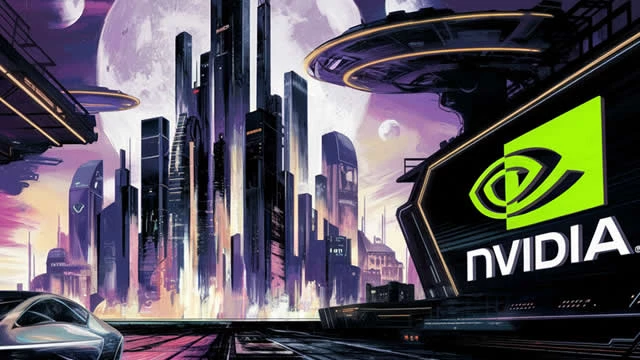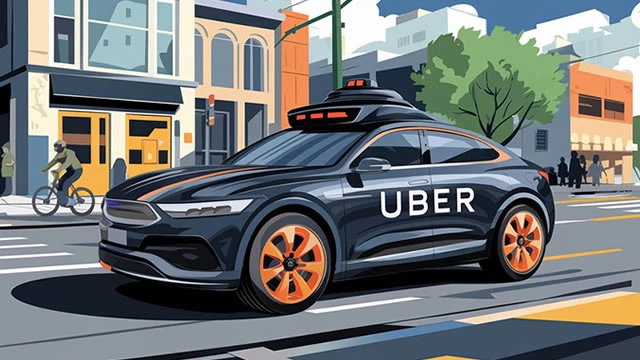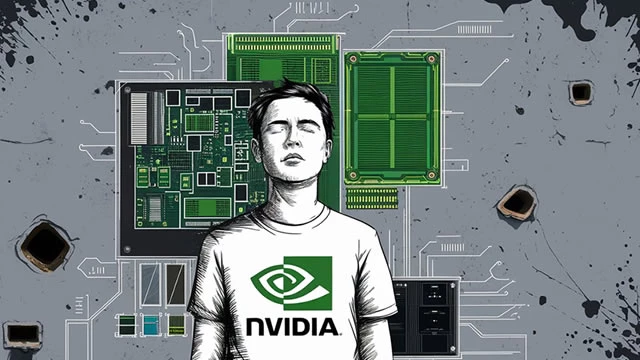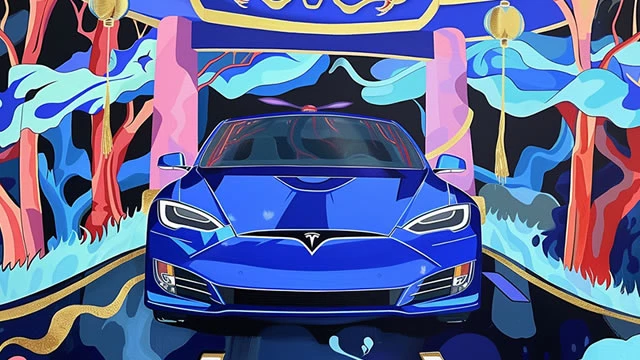On July 30th the Cupertino giant will be announcing its Q3 earnings report. This time, like many others, the company decided not to provide guidance due to the current landscape provoked by COVID-19. According to heavy weights like Morgan Stanley it is expected that Apple beats their expectations fueled mostly by excellent sales in their secondary line of products like the iPad, the MacBooks, and a terrific 30% year over year growth of their Service revenues.
We are not here today about discussing how well Apple has weathered this storm, or how the stock has been able to outpace its industry (Hardware) peers by 48 points in 2020. We are here to discuss Apple’s migration to ARM and what this would mean for the future of the company and its investors. June 22nd Tim Cook officially announced, that the company was moving away from using INTEL (NASDAQ: INTC) microprocessors on their MacBooks to start manufacturing their own chips with ARM architecture.
To better understand what this migration means for the brand of the bitten apple, we need to understand the difference in architectures. ARM stands for Advanced RISC Machines, and on today’s world it is the most adopted architecture for mobiles and tablets. On the other side the blue chips giant has its x86 architecture, that has continuously dominated microprocessors for the last 3 decades with a strong hand by controlling over 80% of the personal computers market share.
The difference between these 2, ARM and x86, is how the CPUs (Central Processing Unit) action their tasks. Where ARM uses RISC which stands for Reduced Set of Instructions to perform a task, INTEL chips rely on a CISC (Complex Set of Instructions) to handle tasks. Basically, ARM is a much simpler set of instructions that needs less transistors to perform a single task; used wisely, this translates to the same computing power with a lot less power consumption.

ARM vs x86
Apple is not new to the ARM architecture, as a matter of fact they have successfully been using it for their A series chips that you find in their flagship product, the iPhone. Additionally, they incorporated it graciously to the iPad Pros with significant results and a warm welcome in today’s marketplace. This architecture migration however shall not be taken lightly, back in 2005 Steve Jobs announced the Macs would start carrying INTEL inside, and they have successfully done so since then with significant results. Moreover, betting against the blue chips giant is always a risk, they have proven results, stability and a performance record that has no comparison in the industry. It is safe to say that MacBooks are already powerful laptops, so, why is Tim Cook and team willing to take a risk of this magnitude on a changing landscape where a misstep could be disastrous?
The ARM migration would come with many benefits, in the first place as Apple would be developing their own chips the company would save money on every MacBook sold; allowing them to increase their already excellent Profit Margin of 21.50%. Secondly, they could develop smaller, lighter laptops without sacrificing computing power, everything that the MacBook stands for. Lastly, by completely closing their hardware, they could better control the user experience, something that Steve Jobs was always obsessed with and that has been a distinctive feature across the company’s history. Perhaps, even more significantly that these benefits is that Apple is not afraid to lead.
Apple was not afraid to lead or disrupt industries when they launched the iPod. They were not afraid to launch the iPhone, knowing it would cannibalize iPod sales. Neither were they to give birth to the iPad despite it would affect MacBook sales. It is in their DNA to deliver better products despite having to take huge risks to do so. And they might do it just one more time. On initial developing benchmark tests the new ARM chip is already delivering over 100% computing power increase compared to the Intel chip on the 2020 MacBook Air.
Apple's Future
So, what do this means for Apple’s near and longtime future? More importantly, what does it mean for the company stock? Well for the near future Apple is in a great position, with some of their secondary lines of products growing, their golden boy product scheduled to migrate to 5G later this year with around 34% of iPhone users expected to upgrade, and a healthy and growing cult like followers along all line of business. We should hear about strong results next Thursday. Moreover, there is no reason to expect their upcoming quarters to suffer. Hence, a seasoned analyst like Hubert from Morgan Stanley positions their stock from $419 to $340 USD.
ARM is not a necessary step; it is more like Apple’s response to being uncomfortable with themselves for not taking risk to deliver great products since perhaps the Apple Watch. Regardless of what happens next Thursday Apple is on great hands with Tim Cook, and the fact that they are willing to take this risk during these pandemic times, might be the best indicator that he was the best suited to take on Steve Jobs shoes.

















Rate this article